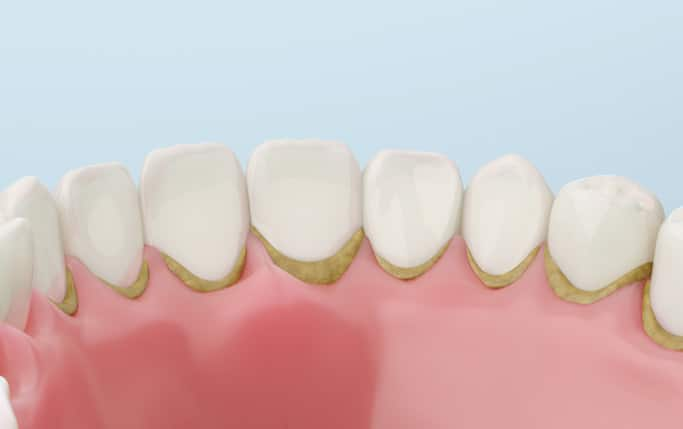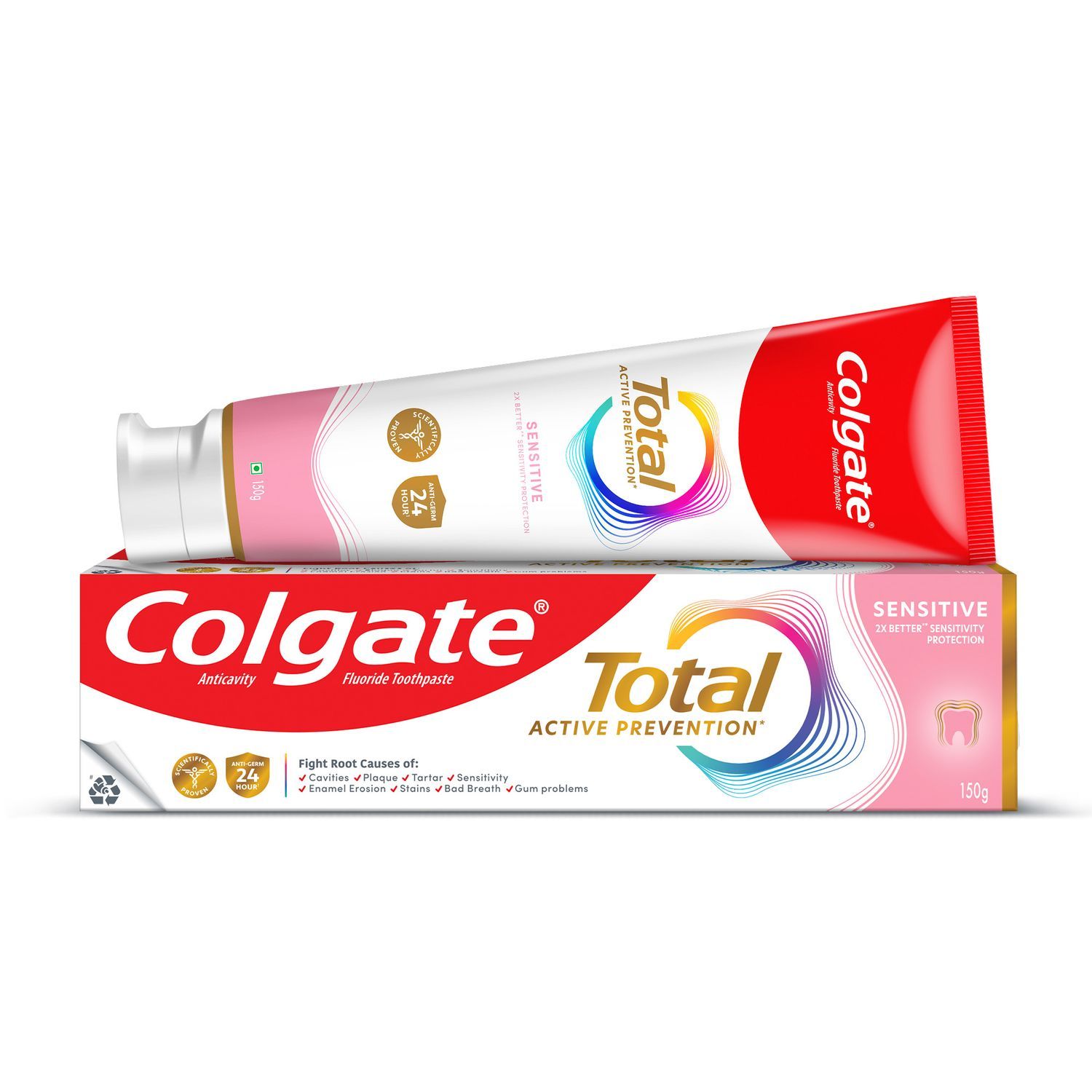Bacterial Plaque
So how exactly does plaque cause tooth decay? There are several steps involving bacteria, plaque, tartar, and then decay. Bacteria in plaque flourish by living in communities that can easily accumulate in your mouth. If plaque has the chance to collect on your teeth, it starts to use the foods and drinks you consume to produce acids. These acids can adhere to your teeth because of the plaque's stickiness. Tooth surfaces are rough, uneven and a favourite place for cavity-causing bacteria to hide and where leftover food also gets accumulated. These bacteria combine with food and constantly form a soft, sticky film called plaque. When we eat or drink foods containing sugars, the bacteria in plaque produce acid that attacks the tooth enamel. Due to stickiness of the plaque this acid remains in contact with our teeth and over time damages tooth enamel and causes cavities, according to the National Health Portal of India.
Tartar Build-up and Gum Disease
The same bacterial acids that destroy tooth enamel can start an infection of the gum tissue and bone surrounding your teeth. When you don't remove all the plaque from your teeth, it turns into a harder substance known as tartar. While bacterial plaque is the cause of gum disease, tartar build-up gives the plaque a place to thrive. It's a layering effect - the more plaque that adheres to your teeth, the more tartar that will form. Thus leading to more plaque sticking to this tartar, and so on!
In the first stage of gum disease, also known as gingivitis, your gums become red, swollen, and bleed easily. The plaque that adheres along the tooth and gumline causes inflammation around the teeth. If you let plaque and tartar settle at the gumline and underneath your gums, bacterial toxins will attack the bone and ligaments surrounding your teeth. This causes a more advanced phase of gum disease, like periodontitis.
There are several key aspects of preventing tooth decay and gum disease, which we'll highlight below:
Fluoride Sources
If you have weak tooth enamel, your teeth are less likely to resist the bacterial acids in your mouth. But there's a simple way to keep your tooth enamel healthy and strong! You can use fluoride toothpaste to strengthen and protect your enamel. And ask your dental professional about other fluoride sources for your family, such as mouthwashes, supplements, or fluoridated water.
Toothbrushing
Skimping out on personal care will only hinder your ability to reverse gum disease and tooth decay, and it starts with toothbrushing. Bacteria build up more quickly when it isn't regularly brushed away. We recommend brushing your teeth with a soft-bristle toothbrush at least twice daily. Pay particular attention to the plaque that gathers around the gumline. Replace your toothbrush or toothbrush head often. Worn and frayed brushes don't clean thoroughly, and they harbour old bacteria – the culprit you're trying to get rid of!
Flossing
Interdental cleaning once a day is a must! Because your toothbrush cannot reach all of the food and bacteria trapped between your teeth, using floss or a water flosser to get into these hard-to-reach areas helps combat gum disease and tooth decay. The best time to clean between your teeth is before bed so that your mouth has fewer bacteria while sleeping. But if you prefer to do it in the morning, that's okay too! While using floss is the typical way to clean between your teeth, some people find flossing awkward. Ask your dental professional about floss holders or other interdental cleaning devices that are available.
Regular Professional Cleanings
Bacteria that hardens into tartar isn't removable with a toothbrush. Hence, visiting your dentist and dental hygienist for cleanings and check-ups are also necessary. During these appointments, your dental professionals will detect and treat any decay or gum problems early, before more serious dental problems have a chance to take hold.
Healthy Eating
When you reduce your carbohydrate intake, especially refined sugars, you reduce the bacteria's ability to produce acids that cause decay and gum disease. An article published in The Times of India emphasises that healthy nutrition and healthy teeth go hand in hand. Having a balanced diet full of nutrient-rich foods, fruits, vegetables, calcium-rich foods etc helps in the betterment of our overall health as well as oral health. Lack of nutrition can result in oral health issues like infections, tooth decay etc. Replace sugary snacks and drinks with cheeses, yogurt, and natural peanut butter. This helps reduce the number of acid attacks your teeth are exposed to during the day.
Bacterial plaque is the bad guy when it comes to dental disease. You already know this since you put time, effort, and care into keeping you and your family's mouths healthy. But it's helpful to understand the exact ways plaque and then tartar can lead to tooth decay and gum disease. We believe that knowledge is power! The more you know about preventive measures in your control, the more likely you'll be to implement them! With a vigorous personal oral care routine, consistently seeing your dental professionals, eating a healthy diet, and using the right products that work for you, know that you're doing everything in your power to keep your mouth healthy and bright!
This article is intended to promote understanding of and knowledge about general oral health topics. It is not intended to be a substitute for professional advice, diagnosis or treatment. Always seek the advice of your dentist or other qualified healthcare provider with any questions you may have regarding a medical condition or treatment.
ORAL HEALTH QUIZ
What's behind your smile?
Take our Oral Health assessment to get the most from your oral care routine
ORAL HEALTH QUIZ
What's behind your smile?
Take our Oral Health assessment to get the most from your oral care routine













